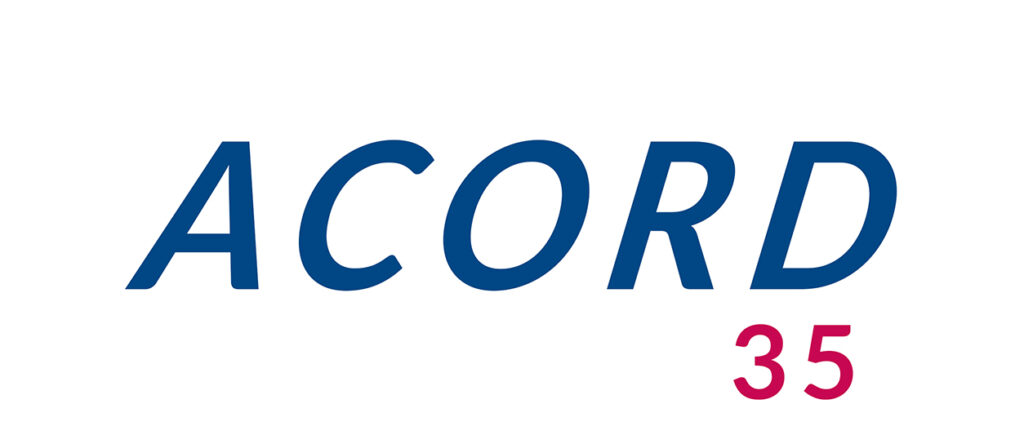Understanding the ACORD Cancellation Form

The ACORD cancellation form is essential in documenting and formalizing the termination or modification of insurance policies. This form, also referred to as the LPR insurance form or lost policy release form, helps prevent coverage disputes, maintain compliance, and streamline administrative processes.
When to Use an ACORD Cancellation Form

Insurance professionals use the ACORD cancellation form fillable, also known as the LPR form or cancellation request form, to:
- Officially document policy cancellations requested by insureds
- Confirm cancellations initiated by insurance carriers
- Notify lienholders, mortgagees, or loss payees about policy changes
- Modify existing policy terms, such as coverage levels or named insureds
For example, a construction firm switching insurance carriers mid-policy would need to complete this form to formally terminate its coverage with the original insurer. This process may involve submitting an insurance cancellation request or ACORD lost policy release.
Step-by-Step Guide to Completing the ACORD Cancellation Form
Policyholder Information
Begin with clear, accurate identification:
- Enter the exact name of the policyholder as listed on the policy documents.
- Include the correct mailing address and contact details.
- Cross-reference policy numbers carefully to avoid mismatches.
- If applicable, include the NAIC code of the insurance company.
Cancellation Details
Clearly state the specifics of the cancellation:
- Indicate if the cancellation is an insured-requested cancellation, carrier-initiated, or due to nonpayment.
- Provide the precise effective date and time. Many disputes arise over ambiguous cancellation timing, so specificity matters.
- Include the reason for cancellation explicitly. Avoid vague or unclear statements that could be contested later.
Cancellation Reason Examples:
- Sale of Insured Property: Once the insured asset (property or vehicle) is sold, the policy is no longer needed. In case of vehicle insurance, you may need to provide proof to the Department of Motor Vehicles.
- Non-renewal by Insurer: After reviewing the risk factors or underwriting criteria, the insurer opts not to renew the policy.
- Change in Risk Profile: Alterations in the insured’s situation or level of risk render the current policy ineffective or irrelevant.
- Regulatory Changes: New legal or regulatory guidelines make the existing coverage either inadequate or overly comprehensive.
- Policyholder Request: The insured voluntarily submits a policy cancellation request, typically because they no longer require the coverage.
- Non-payment of Premiums: The insured has failed to meet the premium requirements set out in the policy agreement.
- Business Closure: The enterprise covered by the policy has terminated its operations indefinitely.
- Replacement of Policy: The insured obtains a different or more suitable policy from another provider.
Notification Requirements
Ensure compliance by notifying appropriate parties:
- List all lienholders or interested parties and verify their correct addresses.
- If multiple lienholders exist, clearly note each entity separately.
- Check the relevant notification boxes carefully.
- Include details of any loss payee if applicable.
For example, forgetting to inform a mortgagee about a homeowner’s insurance cancellation could expose an agency to costly litigation.
Signatures and Approvals
Formalize the cancellation:
- Obtain the signature of named insured if the cancellation is policyholder-driven.
- Carrier-initiated cancellations must carry proper authorized signature.
- Always include the date next to each signature to eliminate timing confusion.
- If required, include a witness signature on the ACORD cancellation form.
What Occurs After You Submit the ACORD Cancellation Form?
Once an ACORD cancellation form is turned in, a set of important steps generally follows to confirm the policy is canceled correctly and everyone involved stays informed:
- Insurance Company Review: The insurer examines the ACORD 35 to verify completeness—making sure details like the reason for cancellation and the chosen effective date are accurate.
- Finalizing the Cancellation: Based on the information provided, the insurer updates its records to formally end the policy. This may involve issuing a policy release statement.
- Notification: Both the policyholder and the insurance producer receive a notice, including the effective cancellation date, as evidence that coverage has officially ceased.
- Premium Refund: If applicable, the insurer calculates and returns any unused premium, taking into account the date noted on the ACORD 35. This may involve pro rata, short rate, or flat cancellation calculations depending on the method of cancellation and policy term. The return premium is calculated based on the full term premium and the unearned factor.
- Obligations After Cancellation: Policyholders should obtain replacement coverage if needed, as the ACORD cancellation form confirms that the current policy is no longer valid.
Common Mistakes and How to Avoid Them
Common Mistakes and How to Avoid Them
- Ambiguous Dates: Avoid confusion by specifying exact dates and times (for the policy term and expiration date.
- Incorrect Policy Numbers: Always cross-reference the policy documents to ensure the correct policy number is listed.
- Missing Signatures: Without proper authorized signatures, cancellations might be disputed or invalidated.
- Incomplete Lienholder Information: Ensure all lienholder details are accurately recorded on the LPR insurance form.
To avoid these, implement a double-check system where another team member reviews each ACORD cancellation form before submission.
Practical Tips for Insurance Professionals
Practical Tips for Insurance Professionals
- Maintain a standardized checklist to accompany every cancellation process, including verification of the company name and address and insured name and address.
- Train all CSRs and account managers in thorough cancellation documentation practices, including proper completion of the ACORD 35 form.
- Use real-world scenarios during team training to illustrate the consequences of inaccuracies in insurance cancellation requests.

